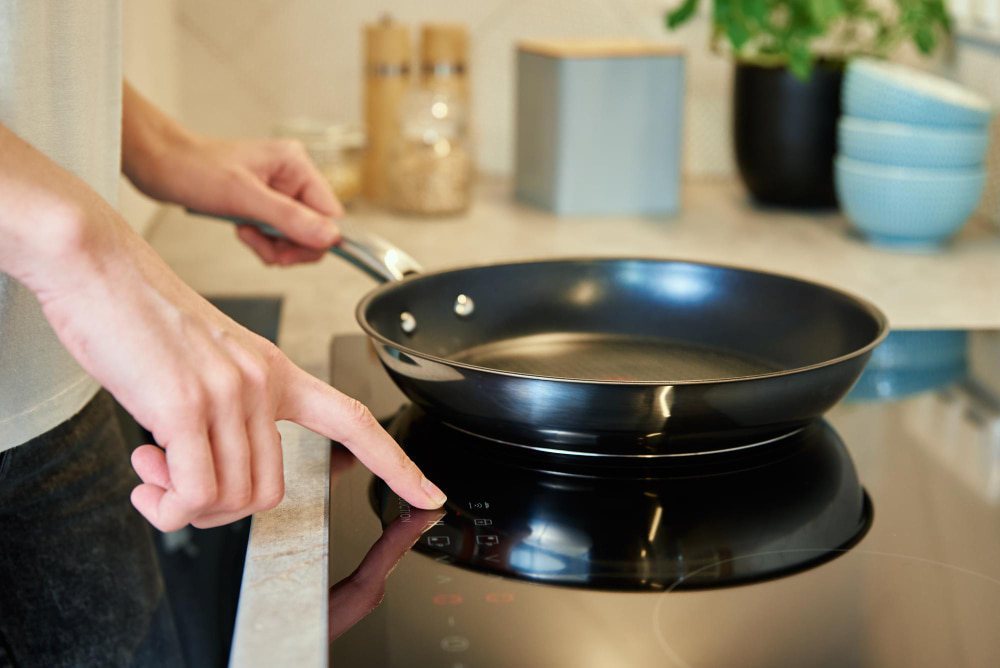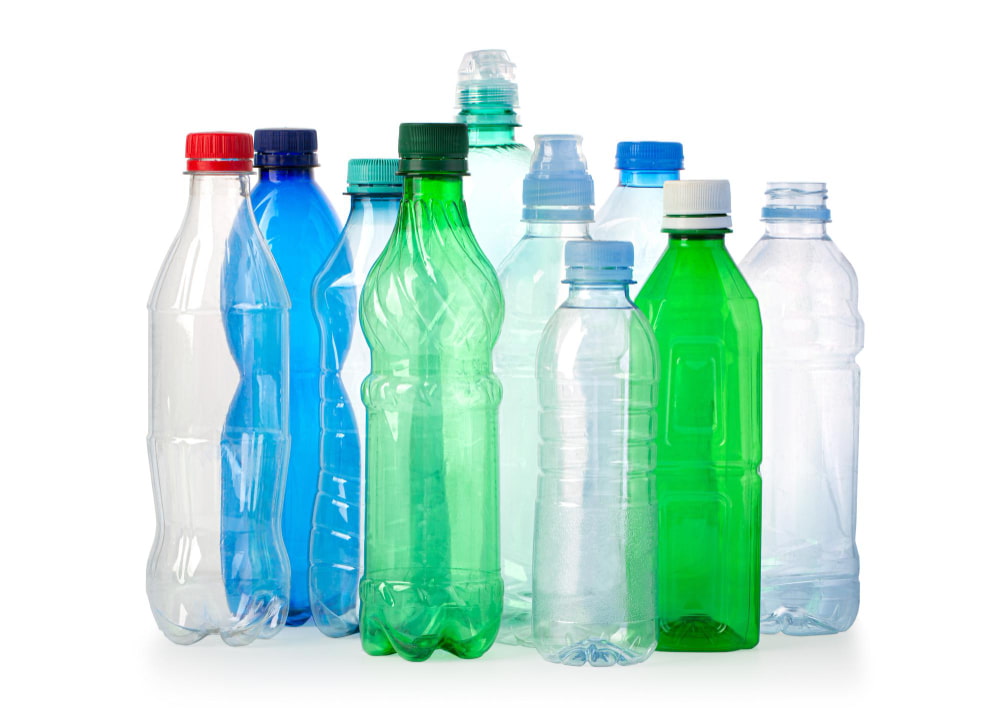Blog
The Dangers of BPA, PTFE, and PFOA in the Kitchen

The kitchen is one of the most important spaces in the home: it’s where we prepare meals and share moments with our loved ones. However, we often overlook that some of the utensils we use daily can pose a risk to our health. Among the most concerning compounds are BPA (Bisphenol A), PTFE (polytetrafluoroethylene), and PFOA (perfluorooctanoic acid). These chemicals, though common in kitchen products, have been the subject of research due to their potential toxic effects on the body. Learn about their risks with KuokoKitchen.
What Is BPA?
BPA is a chemical compound used in the manufacture of hard plastics and epoxy resins. It’s commonly found in food containers, reusable bottles, and the inner linings of cans. The issue with BPA is that it can leach into food and beverages, especially when the containers are heated or deteriorate over time.
Various studies have shown that BPA may act as an endocrine disruptor, meaning it can interfere with the body’s hormonal system. This could lead to issues related to reproductive development, metabolism, thyroid function, and the immune system. Although some regulatory agencies claim BPA is safe at low levels, many medical and scientific organizations recommend limiting exposure—especially for children and pregnant women.
What Is PTFE?
PTFE, more widely known by its brand name Teflon, is a non-stick material commonly used in pans and other kitchen utensils. It’s popular because it prevents food from sticking, making cooking and cleaning easier while reducing the need for fats.
At first glance, PTFE may seem harmless. However, when heated to high temperatures (above 260 °C / 500 °F), it begins to break down and release toxic fumes that can cause symptoms like fever, headache, and difficulty breathing—a condition known as polymer fume fever. While not considered a serious threat for most people, it highlights that these materials do carry some risks.
What About PFOA?
PFOA is a compound that was used in the production of PTFE until a few years ago. Unlike PTFE, PFOA is not part of the final non-stick coating but was essential during the manufacturing process. The issue is that it’s a bioaccumulative and persistent substance, meaning it can remain in the body and the environment for many years.
PFOA has been linked to cancer, liver disease, immune system disorders, and hormonal imbalances. Because of these concerns, many companies have phased out the use of PFOA in their products, and it’s now common to see labels stating “PFOA free.” Still, it’s important to read labels carefully, as the absence of PFOA doesn’t guarantee the product is entirely free from other harmful chemicals.

How Can We Reduce Exposure?
The good news is that it’s possible to reduce exposure to BPA, PTFE, and PFOA with a few conscious choices:
- Avoid plastics with BPA: Choose glass containers, stainless steel, or plastics labeled as “BPA free.” Don’t microwave food in plastic containers, even if marked as microwave-safe, since heat can speed up chemical leaching.
- Inspect your non-stick cookware: If you use Teflon-coated pans, avoid overheating them and replace them if they’re scratched or worn. Consider alternatives like cast iron, stainless steel, or toxin-free ceramic.
- Read labels carefully: Many manufacturers now offer BPA- and PFOA-free products. Look for certifications that guarantee the materials are safe and non-toxic.
- Avoid low-quality disposable utensils: Some cheap plastics and coatings may release more toxins. Invest in safe, durable materials.
Our health is influenced by countless small decisions, many of them tied to what we eat and how we prepare our food. While it may not be possible to avoid all exposure to compounds like BPA, PTFE, or PFOA, we can take steps to reduce their presence in our kitchens. Choosing safer products and staying informed is a key step toward a healthier, more conscious, and sustainable lifestyle.


